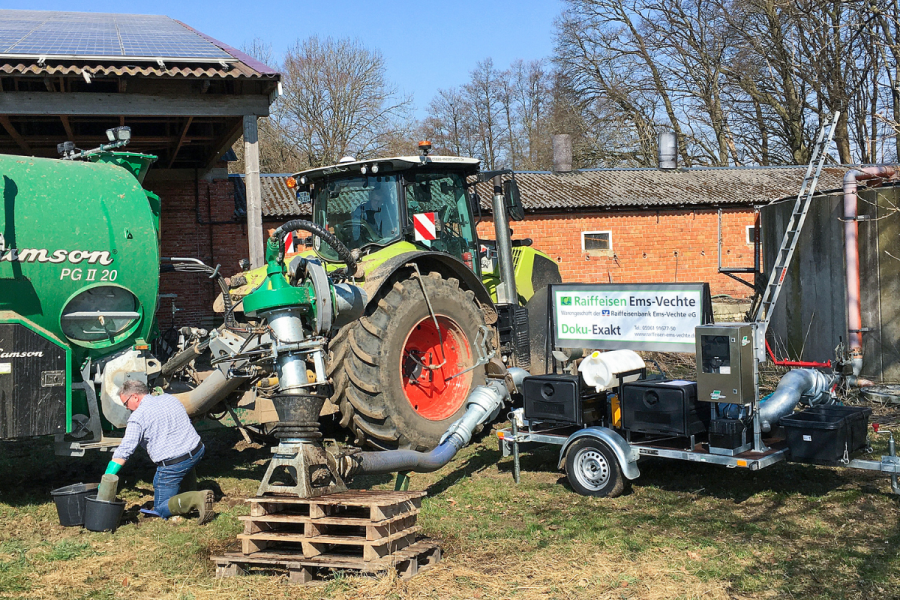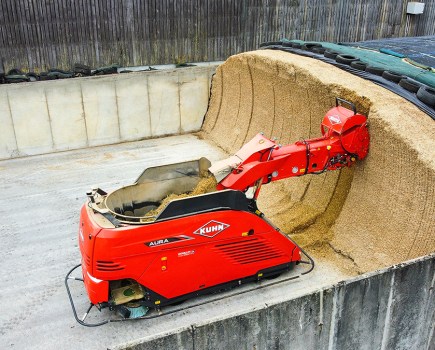TECHNICAL: Using NIRS technology for determining nutrients in slurry: Getting NIRS precise. The Lower Saxony Chamber of Agriculture has carried out an experiment examining the change
in nutrient values as a slurry store is emptied. Here are the outcomes of the test.
The cost of mineral fertiliser has put a spotlight on making better use of organic fertilisers. But the nutrients from farm slurry may only be 50% effective. In order to prevent unnecessary losses in crop yields, you need to know what you are dealing with, so you can determine the ideal amount to spread for a uniform nutrient application and prevent uneven crop growth.
NIRS is a viable option
The nutrient levels in slurry are typically determined by using reference values or results from lab tests of isolated samples. But in both cases there can be significant deviations from the actual values, depending on the type of slurry, animal feed and how well it has been mixed in the store, be it a lagoon, tower or slatted tank. This is why NIRS technology is a promising option, because it detects any variations as the tanker is being filled. Based on these measurements, it is then possible to adjust the application volume per hectare either automatically through flow rate control or manually by adapting the forward speed.
For more up-to-date farming news click here and subscribe now to profi and save.





